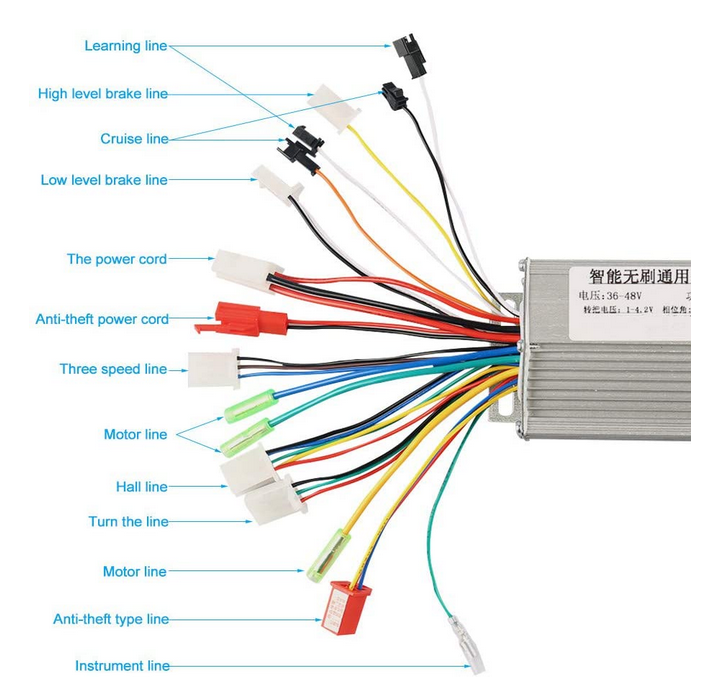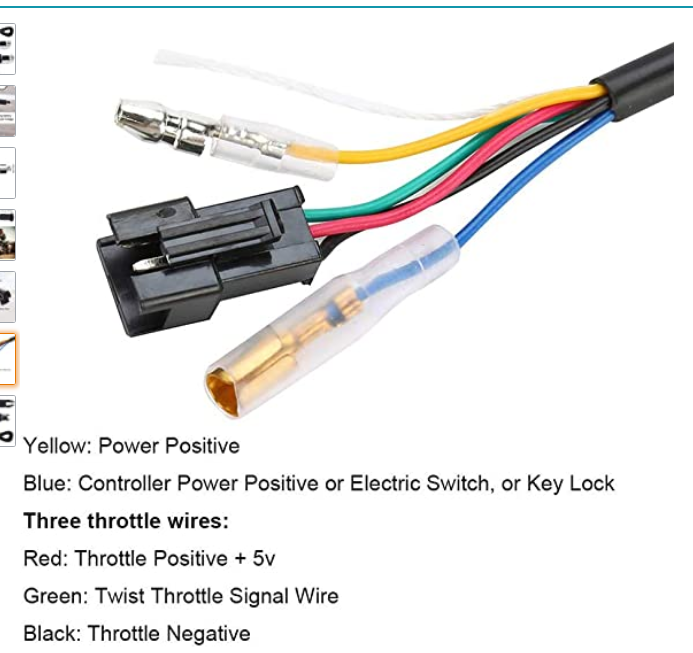just a small update while i'm waiting for the slow boat from china to arrive w/ new controller and throttle.
1/ ordered a few hall sensors to perhaps use.
2/ ordered a Jump motor from one of the links amberwolf so kindly provided. total cost to me was only $60, with shipping included. perhaps this is what i should have done from the start.
3/ before placing China order, did have an amazon order in for a sensor/sensorless controller and throttle. got it and decided to see what happened, figuring the amp difference alluded to in previous posts couldn't hurt things as long as i didn't put any weight on the wheel. in any event, after hooking everything up, i got ... nothing, not even a click. obviously, it could be user error on my part. i certainly hope so, but #1 and #2 will hopefully save my bacon should control/throttle swap not do the trick.
come on, china boat!
1/ ordered a few hall sensors to perhaps use.
2/ ordered a Jump motor from one of the links amberwolf so kindly provided. total cost to me was only $60, with shipping included. perhaps this is what i should have done from the start.
3/ before placing China order, did have an amazon order in for a sensor/sensorless controller and throttle. got it and decided to see what happened, figuring the amp difference alluded to in previous posts couldn't hurt things as long as i didn't put any weight on the wheel. in any event, after hooking everything up, i got ... nothing, not even a click. obviously, it could be user error on my part. i certainly hope so, but #1 and #2 will hopefully save my bacon should control/throttle swap not do the trick.
come on, china boat!





